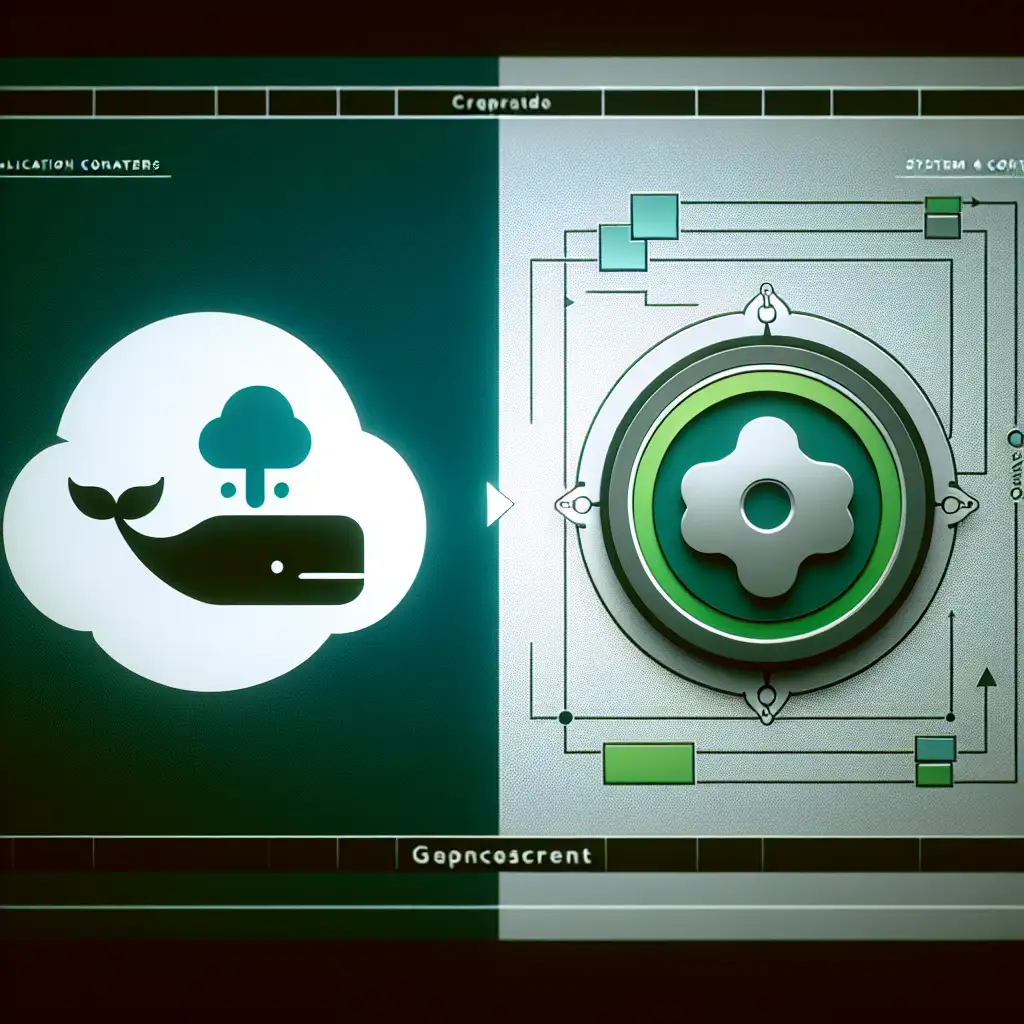Migrating from Docker to LXC: A Practical Guide to Container Paradigm Shift
While Docker abstracts away system details to maximize portability, LXC brings you closer to the OS with granular control. This guide cuts through the convenience myth and shows when and why engineers should rethink container strategy and migrate their workloads to LXC for true operational mastery.
Why Migrate from Docker to LXC?
Docker revolutionized containerization by simplifying app deployment with lightweight, portable containers that package applications and dependencies. However, Docker’s design primarily targets application containers that abstract away many underlying OS details. This abstraction is ideal for stateless workloads but becomes limiting when you need fine-grained control of the container environment, performance optimizations, or want to run more system-level services inside containers.
LXC (Linux Containers), on the other hand, is a system-level container solution that creates containers behaving more like lightweight virtual machines. With LXC, you get:
- Deeper access to kernel features and namespaces
- The ability to run full init systems inside containers
- More precise resource control (cgroups tuning)
- Better performance for complex, multi-service deployments
If your use case demands intricate network setups, custom kernel configs per container, or near bare-metal control without a VM’s overhead, LXC is your next step beyond Docker.
Understanding the Paradigm Shift: Application vs. System Containers
Before jumping into migration steps, grasp this fundamental difference:
| Feature | Docker | LXC |
|---|---|---|
| Target Use Case | Application containers | System containers |
| OS Abstraction Level | High-level user space | Closer to full OS experience |
| Init System | No (usually single process) | Yes (can run full init systems) |
| Network Setup | Application scoped (bridge) | Full network namespaces |
| Resource Control | Basic cgroups | Fine-grained cgroups & namespaces |
| Flexibility | Simplicity favored | Power-user and sysadmin oriented |
This shift means migrations aren’t just a straightforward “convert container image” step but may require adjustments in networking, storage management, and service initialization.
Preparing for Migration: Key Considerations
- Assess Your Workloads: Identify which containers require system-level capabilities and would benefit most from LXC’s model.
- Inventory Docker Images: Note base images used and running processes.
- Check Host Kernel Requirements: LXC depends heavily on Linux kernel features; ensure your host supports necessary namespaces and cgroups.
- Plan Container Configuration: LXC uses configuration files (.conf) — get comfortable writing them to customize resource limits, mounts, and network settings.
Step-by-Step Migration Process
1. Install and Setup LXC
On a Debian/Ubuntu host:
sudo apt update
sudo apt install lxc
sudo systemctl enable --now lxc.service
Verify:
lxc-checkconfig
Ensure all required kernel features are enabled.
2. Create a Base Container Using a Compatible OS Template
LXC provides templates for Ubuntu, Debian, CentOS:
sudo lxc-create -n my-lxc-container -t ubuntu
This sets up a fresh Ubuntu environment inside the container.
To start:
sudo lxc-start -n my-lxc-container
Attach console:
sudo lxc-attach -n my-lxc-container
3. Replicate Environment & Services from Docker Containers
Suppose your Docker container runs an Nginx web server with custom configuration:
Dockerfile snippet:
FROM nginx:alpine
COPY ./nginx.conf /etc/nginx/nginx.conf
CMD ["nginx", "-g", "daemon off;"]
In LXC:
-
After attaching (
lxc-attach) into the container:apt update && apt install nginx -y -
Replace
/etc/nginx/nginx.confwith your custom config copied over vialxc-fileor shared mount. -
Start Nginx via init/systemd inside the container:
systemctl start nginx
Unlike Docker where Nginx runs as the sole process directly started by Docker daemon, here it runs as a proper service allowing complex orchestration inside the container.
4. Configure Networking
With Docker bridging networks tightly integrated with its daemon, in LXC you need manual config.
Example — configure NAT bridge on host lxcbr0 allowing outbound internet:
In /etc/lxc/default.conf add:
lxc.net.0.type = veth
lxc.net.0.link = lxcbr0
lxc.net.0.flags = up
Set up lxcbr0 bridge on host if not already present:
sudo ip link add name lxcbr0 type bridge
sudo ip addr add 10.0.3.1/24 dev lxcbr0
sudo ip link set dev lxcbr0 up
# Enable NAT forwarding so containers can access outside:
sudo iptables -t nat -A POSTROUTING -s 10.0.3.0/24 ! -d 10.0.3.0/24 -j MASQUERADE
Restart your container for changes to apply.
5. Manage Storage Mounts & Volumes
Unlike Docker volumes abstracted via its CLI/API, in LXC you mount directories or devices directly in config files (config for each container):
Example snippet:
lxc.mount.entry = /host/data /var/lib/lxc/my-lxc-container/rootfs/mnt/data none bind 0 0
This mounts /host/data from host inside container at /mnt/data.
6. Automate Routine Tasks Using Config & CLI Tools
LXC’s flexibility shines when you script lifecycle management using tools like lxc-stop, lxc-start, lxc-snapshot, along with batch editing of .conf.
You can also leverage profiles if using LXD — an advanced management layer on top of LXC — which further simplifies managing multiple containers at scale with REST API support.
Tips for a Smooth Transition
- Start small: Convert one app at a time rather than all at once.
- Use snapshots: Back up state easily before major config changes.
- Monitor resources: Use
top,htop,lscgroupcommands inside containers. - Leverage community templates: Don’t reinvent wheels; many popular distributions have pre-built images compatible with various use cases.
- Document every step: Config migration is often iterative; tracking changes avoids headaches later.
Conclusion
Migrating from Docker to LXC requires embracing a paradigm shift—from application-focused containerization toward system-level virtualization blending performance with full OS environment control.
While it initially demands extra effort to configure networking, storage mounts, and init systems manually, this investment unlocks powerful optimization capabilities crucial for complex deployments needing maximal flexibility and resource efficiency.
By following this practical guide step-by-step—and tailoring configs to your workload needs—you’ll move past the cookie-cutter nature of typical application containers into true operational mastery over your Linux environments.
Happy migrating! If you have questions or want me to cover specific migration pitfalls next time — drop a comment below!
